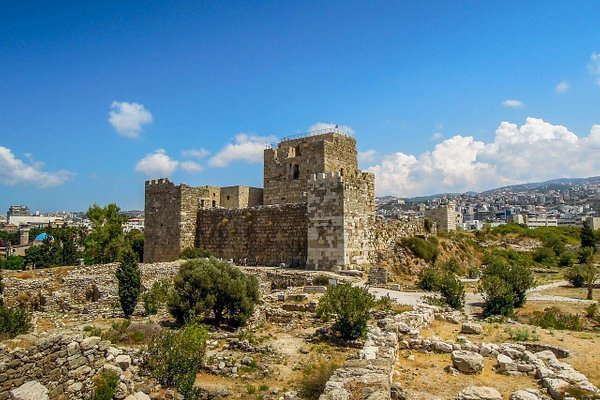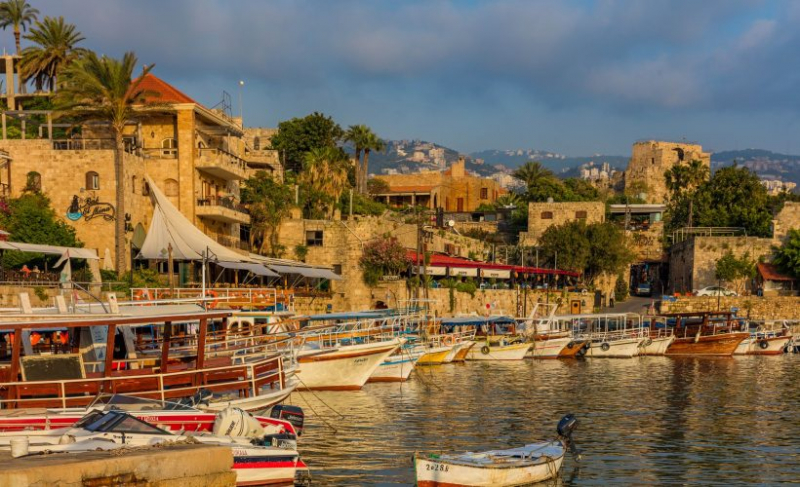Byblos
Lebanon's Byblos (Arabic: 'Jbail') is one of the world's oldest continually inhabited towns, as evidenced by the ruins' incredibly different ages. Byblos began as a Neolithic village of fishermen, probably around the 5th millennium BC. This old and prehistoric town is now a UNESCO World Heritage Site. This town certainly is one of the most beautiful historical sites in Lebanon, with the sight as stunning as a painting
Over time, Byblos would become a Phoenician commerce center known as Gublu, be conquered by Alexander the Great in 333 BC, ruled by the Greeks (whence its current name), and finally fall to Pompey in the 1st century BC, becoming a Roman city. The city gained an outstanding theater in the third century.
After the Byzantines conquered Byblos in 399 AD, the city began to collapse. By the 12th century, Byblos had been included into the Crusader state of Tripoli, which was linked to Jerusalem. Saladin captured the town in 1187 and ceded it to the Mamluks, making it part of the Ottoman Empire from 1516 until 1918.
All of these civilizations have left their imprint on Byblos today. A royal Phoenician necropolis and Roman sites such as a theater, a road, and a nymphaeum coexist with Stone Age, Chalcolithic, and Early Bronze Age homes. There's also a Crusader Castle from the 12th century, which serves as a reminder of Byblos' conquest in 1104.
In addition to its interesting remains, Byblos is a UNESCO World Heritage Site for its contribution to contemporary language, which is linked to the development of the ancestor to our alphabet by the Phoenicians. There's a lot to see in Byblos, some of it in the main archaeological site and some in the medieval town center.
Location: Beirut, Lebanon







